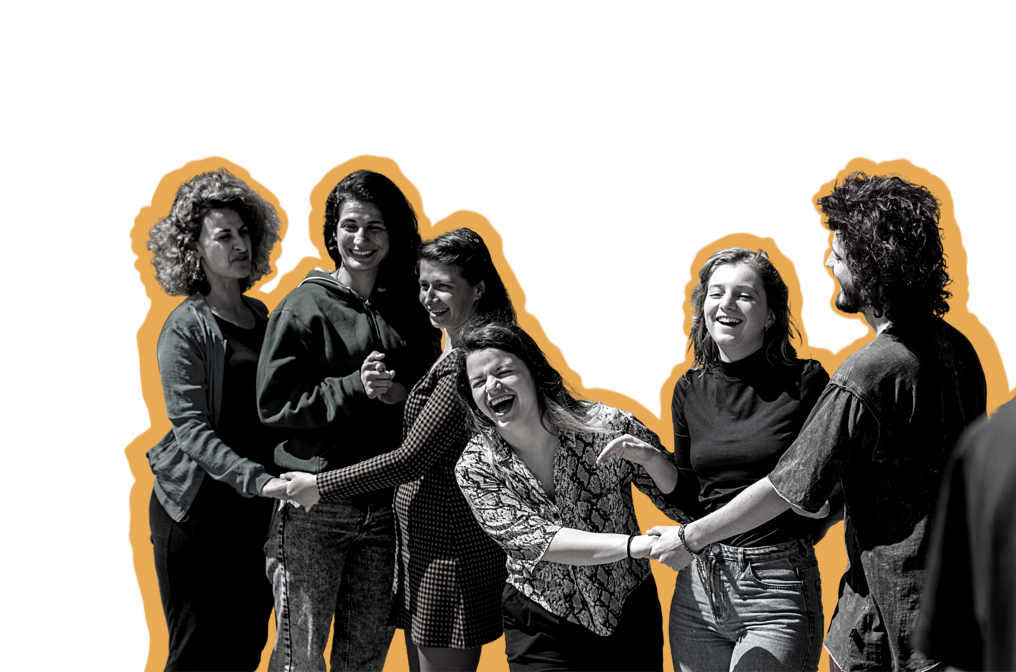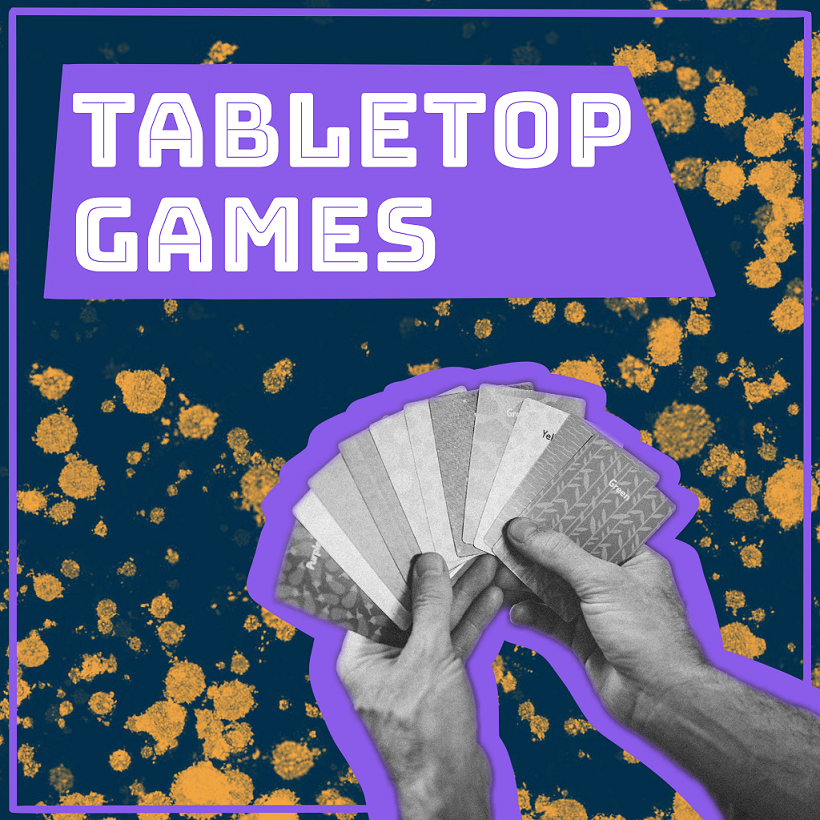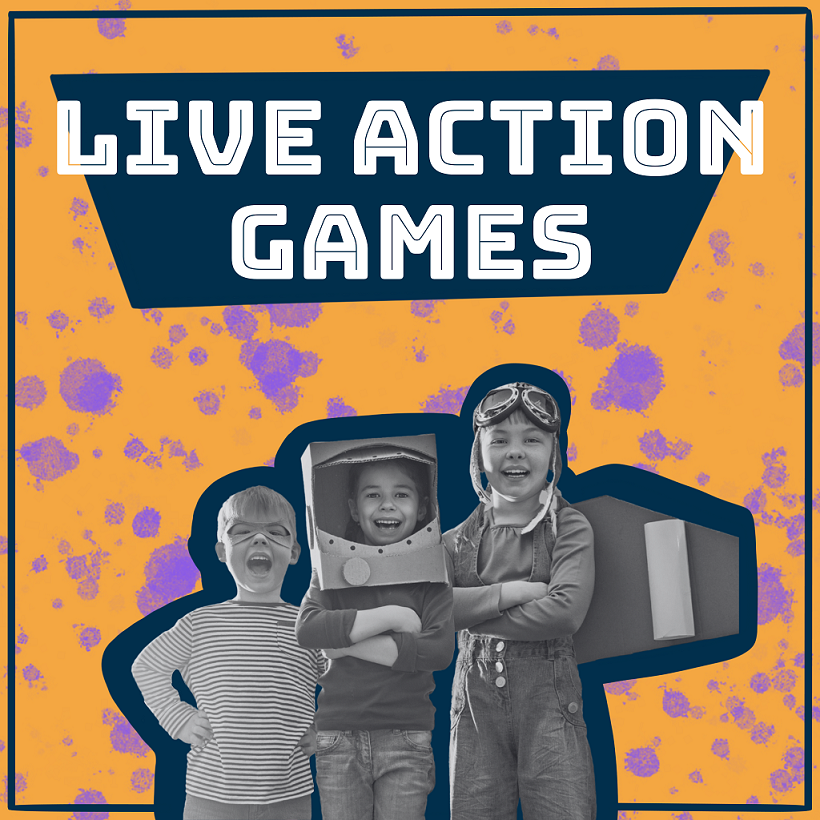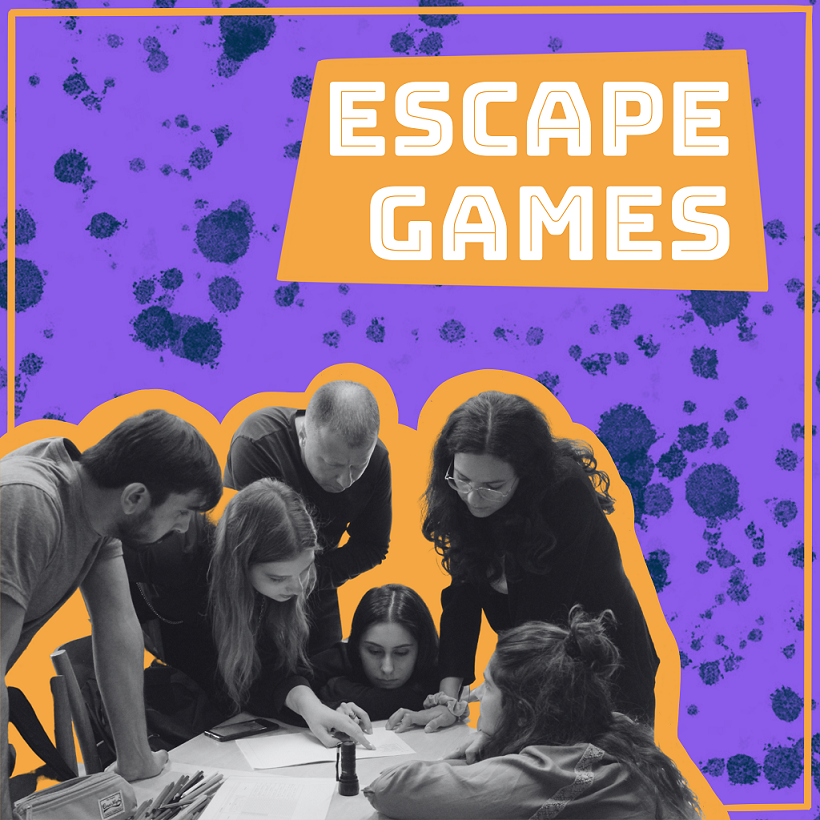Game based learning uses the immersive quality of
play to reach learning outcomes and leave a long-
lasting impression on the players.
Play and games give us a unique opportunity to transport ourselves in time and space, change the fundamental laws our world operates by, give new meanings to ordinary objects and make amazing discoveries.
An educational game has a clear desired learning outcome, which is the core reason for creating the game, and shares the other four characteristics of all games: a goal, rules, a feedback system, and voluntary participation.
While game-based learning (GBL) can be defined simply as “learning through games”, for us, it’s also an approach to learning design. The educator consciously incorporates games into the curricula and aims to engage learners in the learning process.

Types of games
Elliot Avedon and Brian Sutton-Smith define a game as “an exercise of voluntary control systems, in which there is a contest between powers, confined by rules to produce a disequilibrial outcome.”
While game-based learning (GBL) can be defined simply as “learning through games”, for us, it’s also an approach to learning design. The educator consciously incorporates games into the curricula and aims to engage learners in the learning process.
The specific goals of an educational game can be diverse – to spark curiosity, start a group discussion, revise content in a more interactive format, or provide an embodied experience that prolongs the learning effect. For this, we can use well-known games and adapt them to fit our learning outcome or incorporate games already designed with relevant learning outcomes in mind.
When we look at the real-life emotions created with just a small amount of elements, and when we look at the passion playing a role, unraveling a story, testing the boundaries, we can feel the power of games. Whether it’s a simulation game, an escape room, a breakout box, or a board game, we believe we can change the world for the better, one game at a time.



